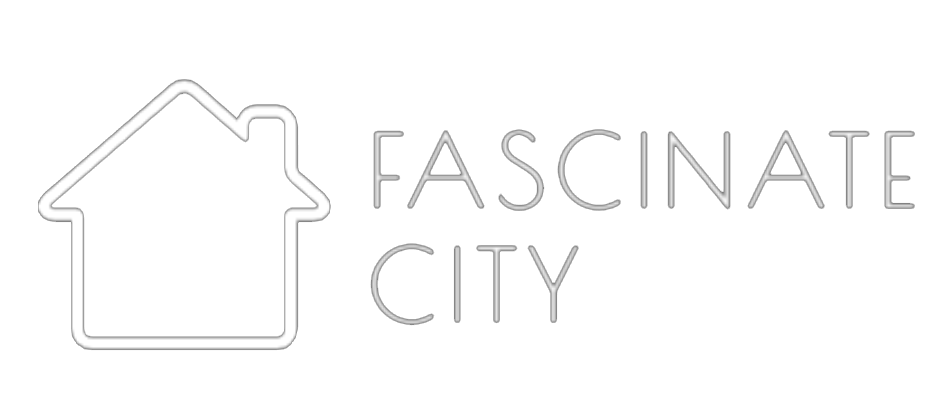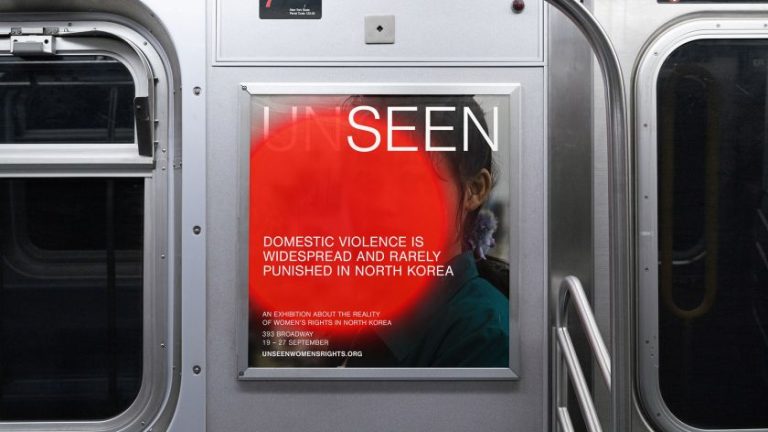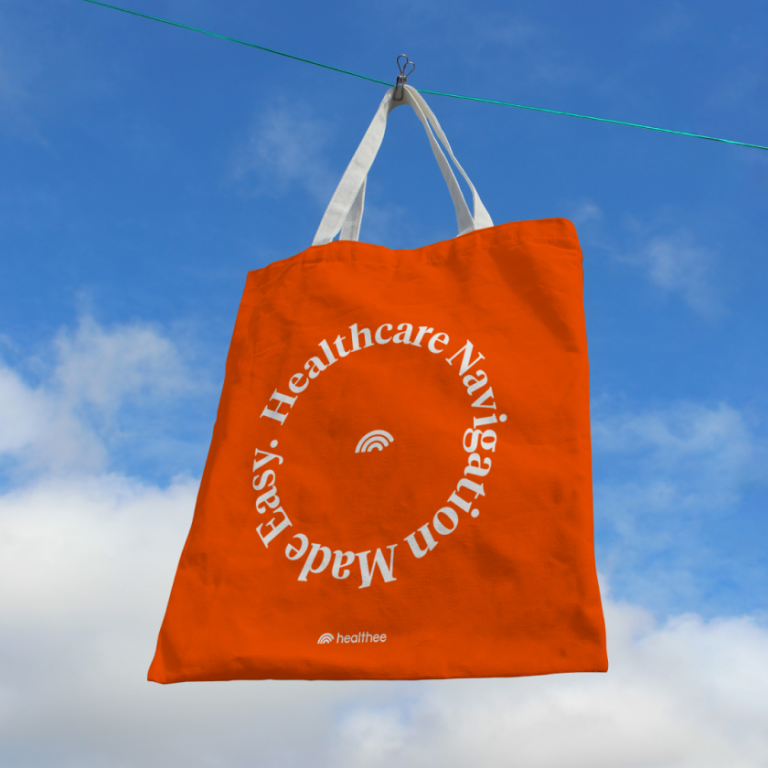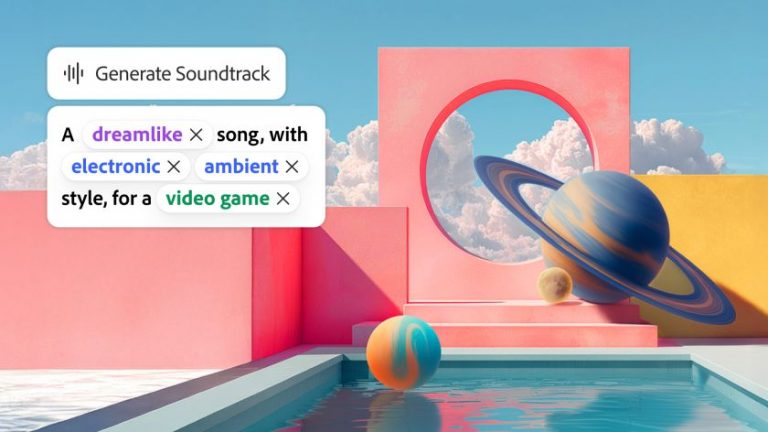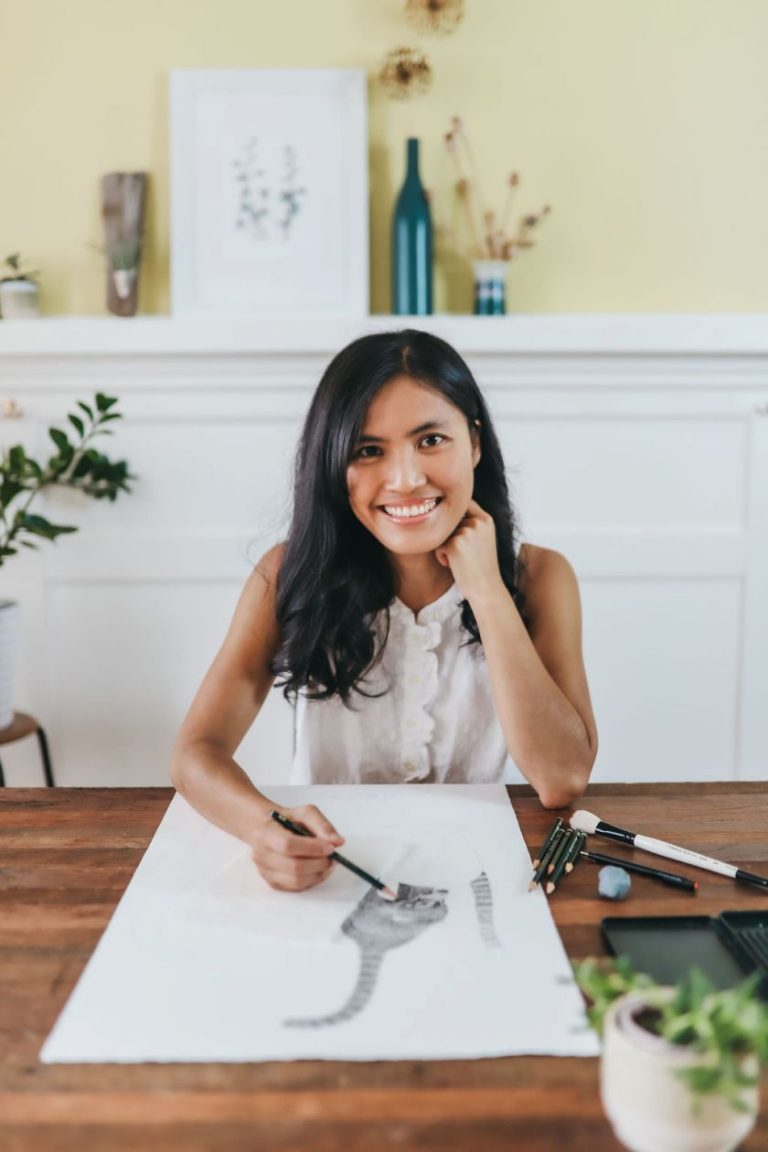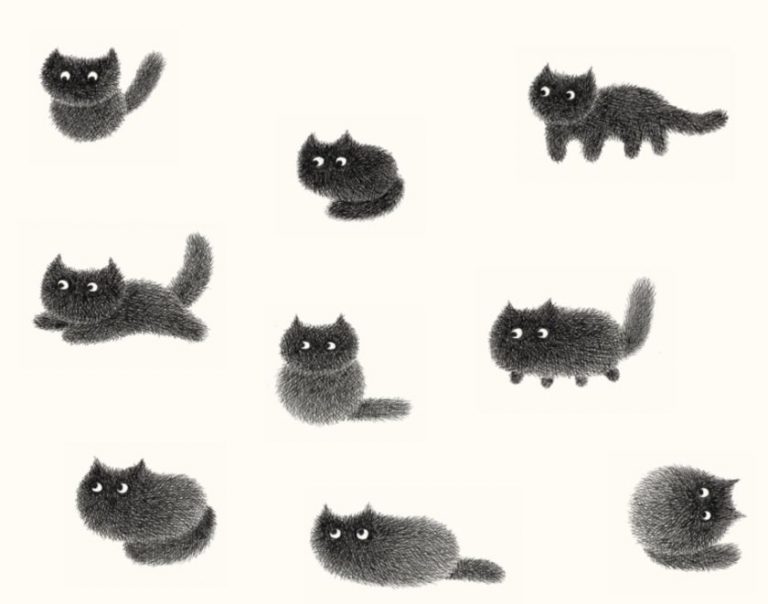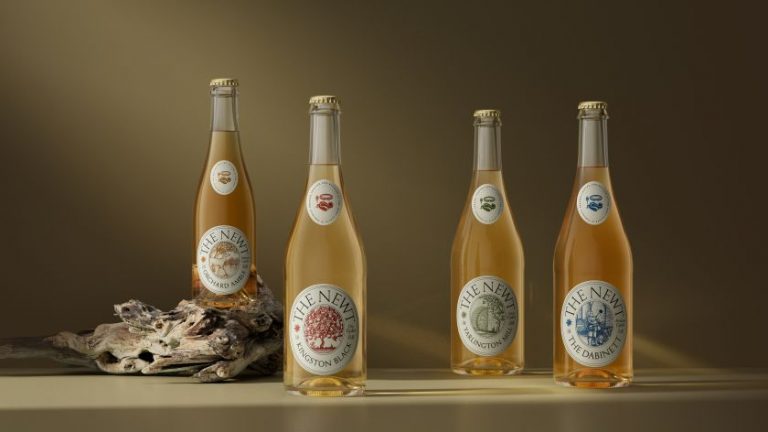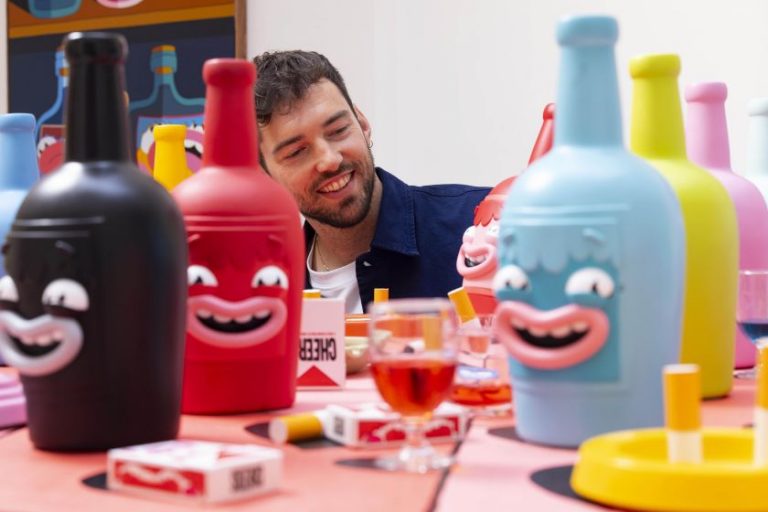Shot on 35mm film, and combining period details with a light and ironic modern sensibility, the 90-second spot ‘Don’t Stay Bottled Up’ truly stands out from the crowd. We chatted to director Ilanna Barkusky to learn how it was made.
Working in branded content has never been tougher. Audiences scroll past your carefully crafted promos in milliseconds, yet crave authentic storytelling that feels genuine. Even for the best in the business, it can feel like trying to square an impossible circle. But while some shrink from that challenge, others run headlong into it with ideas and enthusiasm. And here’s a great example.
For director Ilanna Barkusky, the need to create compelling branded content for wine company Whiny Baby became an opportunity to explore nostalgic filmmaking techniques, whilst celebrating themes of female independence. Her 90-second spot, ‘Don’t Stay Bottled Up’, transports us to a sun-soaked 1960s California, where a free-spirited protagonist discovers liberation through adventure – and wine.
It’s witty, it’s archly tongue-in-cheek, and it gets the message across (this wine brand is altogether different) in a way that’s supremely entertaining.
And that’s not all. Shot entirely on 35mm film stock, ‘Don’t Stay Bottled Up’ feels more like a mini-feature than traditional advertising, complete with surfboards, vintage swimwear, and the kind of effortless cool that defined an era. So I couldn’t wait to chat to Ilanna and discover how it was made.
Unexpected inspiration
The concept, she reveals, emerged from an unlikely source. “I’d recently watched a bunch of episodes of the 1960s TV sitcom Gidget with my mother,” Ilanna recalls. “And when it came to developing a pitch concept, it felt like all the pieces came together in my mind.”
For the uninitiated, Gidget follows the adventures of Frances ‘Gidget’ Lawrence, a bubbly teenage girl living in Santa Monica, California. The show chronicles her life as she navigates friendships, family, romance and her love for surfing.
“Gidget was a fearless, independent character who wasn’t afraid to go for what she wanted,” Iliannna explains. “And that felt very aligned with Whiny Baby founder Jess Druey’s philosophy. I then took some inspiration from the brand’s origin story and its bold and colourful approach to the wine industry, and built a world that melded the two.”
It was also important to reflect the uniquely interactive features of Whiny Baby’s products. Specifically, when you uncap one of their bottles, you reveal a conversation starter (a question, thought or dare) that helps break the ice. You’ll also find a unique peel-and-stick label on the back, which can be filled out with details about the occasion and serve as a keepsake.
“These interactive features were so fun to seamlessly integrate into the storyline,” recalls Iliannna. “It never felt forced, because they’re not what you’d expect from a wine label to begin with.” But how to balance such modern elements with a sense of nostalgia? Making the visual language appear authentically 1960s required a series of careful technical choices, beginning with film stock.
Fashioning the look and feel
Working with director of photography Leo Maco, Ilanna chose 35mm Kodak Vision3 5213 and 5219 for their colour characteristics. “The way they render highlights and blend colours in daylight gives the images a timeless quality that perfectly matched the nostalgic, poppy vibe we were going for,” Iliannna reflects. “We also wanted to feel a bit more texture in the image, and the grain that both stocks produce felt like the perfect match.”
The colour grading process, handled by colourist Dustin Wadsworth, began with a film LUT originally created for a major theatrical release, providing baseline authenticity before scene-specific adjustments. All in all, this technical foundation supported the period aesthetic without overwhelming it – a common pitfall in nostalgic projects where technique becomes more prominent than story.
Then there was a question of period detail. “Not limiting the team to just source props and wardrobe from a specific year was important,” says Iliannna. “Much of the clothing, especially the swimwear, was sourced from 1960s archival pieces from a costume house in LA, and the green surfboard belongs to my friend’s dad from that time.”
There were also a lot of bespoke custom elements, created by the stylist and the production designer, which were not tied to any specific era. These included a surfboard repainted pink, a shell-inspired bottle holder, and seashell-adorned accessories; all enhanced the whimsical tone, without sacrificing period credibility.
Emotional resonance
Filming in Malibu during April 2025 carried particular emotional weight, as the area was still recovering from the devastating January fires. “I watched a lot of episodes of Gidget for inspiration, and it was shocking and saddening to see many scenes filmed in areas that had burned back in January 2025,” reflects Ilanna.
“For example, we used a shot of Gidget driving to the beach as a reference, which had been filmed at the intersection of Sunset Boulevard and Pacific Coast Highway. When we started production, though, it was completely inaccessible to the public. That stretch of road is open now, but the devastation is heartbreaking as the area begins to rebuild.
“Malibu has such a rich and iconic beach culture that has always inspired me and drawn me to Southern California,” she continues. “So it felt meaningful to be able to film the project there on location, to support some of the local restaurants, and celebrate the area’s rich history in surfing and entertainment.”
Technical challenges
When you watch the film’s car-mounted canyon sequence, it’s astonishing to learn it was shot in a single take. “We had a limited amount of time, and I wanted to shoot a few different setups,” Ilanna recalls. “The shot with the camera mounted on the car was the frame I was most excited for.
“I think it was the combination of shooting on film and the time it took to set up the car convoy at the top of the canyon with the police escort, but when I liked what I saw through the monitor the first time, I decided that we should move on, to capture everything else we wanted to get. It felt a bit risky when we were waiting a week to get the film developed, but it all worked out!”
That wasn’t the only challenge, though: the crew had to deal with some serious weather conditions, including rising tides and unexpected rainstorms, throughout the production. Ilanna, however, remained unruffled.
“Every shoot has its own set of challenges to overcome,” she shrugs. “I just kind of embrace these challenges as part of the filmmaking process now. It really helps when you have an incredibly talented crew working alongside you, who take it all in their stride.”
Balancing message and medium
A different kind of challenge was ensuring the ad’s feminist theme hit the right notes without being clunky and obvious. “I think that the campy, unserious nature of the visuals really helped with that,” Ilanna reflects. “It’s hard for anything to feel heavy-handed when the goal of the project is not to take itself too seriously.”
The underlying message of the ad, she explains, is the reverse of the typical notion of ‘this product will change your life’. “Instead, our story implies that our main character took her destiny into her own hands and wasn’t afraid to experiment and fail.
“My goal through the visuals and the performance was to be light and ironic about it,” she continues. “Our production designer, Lana Boy, really nailed that with her approach, where some of the props fit perfectly into that kind of world and supported that tone.”
Maintaining artistic integrity
For anyone navigating branded content, Ilanna’s approach serves as a masterclass in how to maintain your artistic voice whilst serving the needs of commerce. “My approach is about choosing to be intentional and work on projects that speak to me artistically and that I am passionate about,” she says. “As a result, I’m excited to put my all into a project.”
This approach extends to those she chooses to collaborate with. “I look for the same kind of synergy when hiring department heads, like a production designer, editor or director of photography,” she reflects. “I want them to also engage with something that speaks to them, and allow them the same freedom.”
Currently developing a feature film adapted from her mother’s unpublished book, Ilanna sees branded work as a great training ground for creativity. “No matter the length of the finished product, whether it’s 90 seconds or 90 minutes, I love directing and keeping my storytelling skills sharp,” she enthuses. “It’s an art form that involves a lot of soft skills, and I always want to be on set, learning more.”
In an industry increasingly dominated by digital efficiency, Ilanna’s success demonstrates how craft-focused approaches can still create memorable work, which serves both brand objectives and artistic vision. More specifically, the success of ‘Don’t Stay Bottled Up’ suggests that audiences will still respond to genuine creativity over manufactured content; an encouraging reminder for directors navigating today’s branded content landscape.
